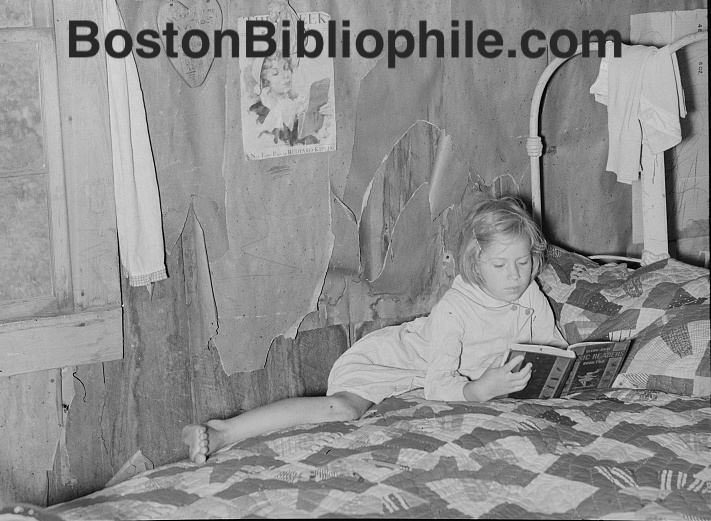I had heard about Argosy Book Shop as one of those must-visit NYC used and rare bookshops but hadn't made the pilgrimage yet, so I was delighted that my route took me right by. After browsing the windows and the outdoor drama displays I went in and took a little walk around.
They sell all kinds of rare books, plus prints, autographs (I saw Dan Quayle's signature on an envelope, a check signed by Bob Hope among others), low-priced paperbacks and even single sheets of marbled endpapers and old book covers. The atmosphere was quiet and studied and one hesitated to bother the staff, absorbed as they seemed in their tasks.
I'll definitely be back though- my head was starting to spin just thinking about things I could make from the endpapers and book covers. There is a basement filled with general-interest used books that I didn't have time to explore, so you know I'll have to check that out.
 |
| Peter Jennings Way is at the end of the block from the American Folk Art Museum |
Being a sewer, I loved seeing the stenciled quilt on display, a rarity I hadn't seen before. Stenciled quilts were made by painting fabric using the kinds of stencils one might use for decorating walls, furniture or other housewares. The quiltmaker would pounce the paint with a stiff-bristled brush, the same way someone might stencil today. It was an alternative means of decorating fabric with intricate designs if one didn't have a great deal of colored fabric on hand or didn't have the skills to create appliqued designs. And some people just liked to decorate that way. Stenciled quilts are rare because the paint that people used tended to corrode fabric and very few of them survived for long. Today if you want to create a stenciled quilt you can use fabric-safe paints, but such things were not available to the quiltmakers of early America. The quilt on display was stunning, decorated in elaborate floral designs, and I only wish they had let me take a picture of it to show you.
Overall I enjoyed my visit and plan to return to see future exhibits.


1 comment:
I'm making a note of Argosy for our next trip to NYC!
Post a Comment